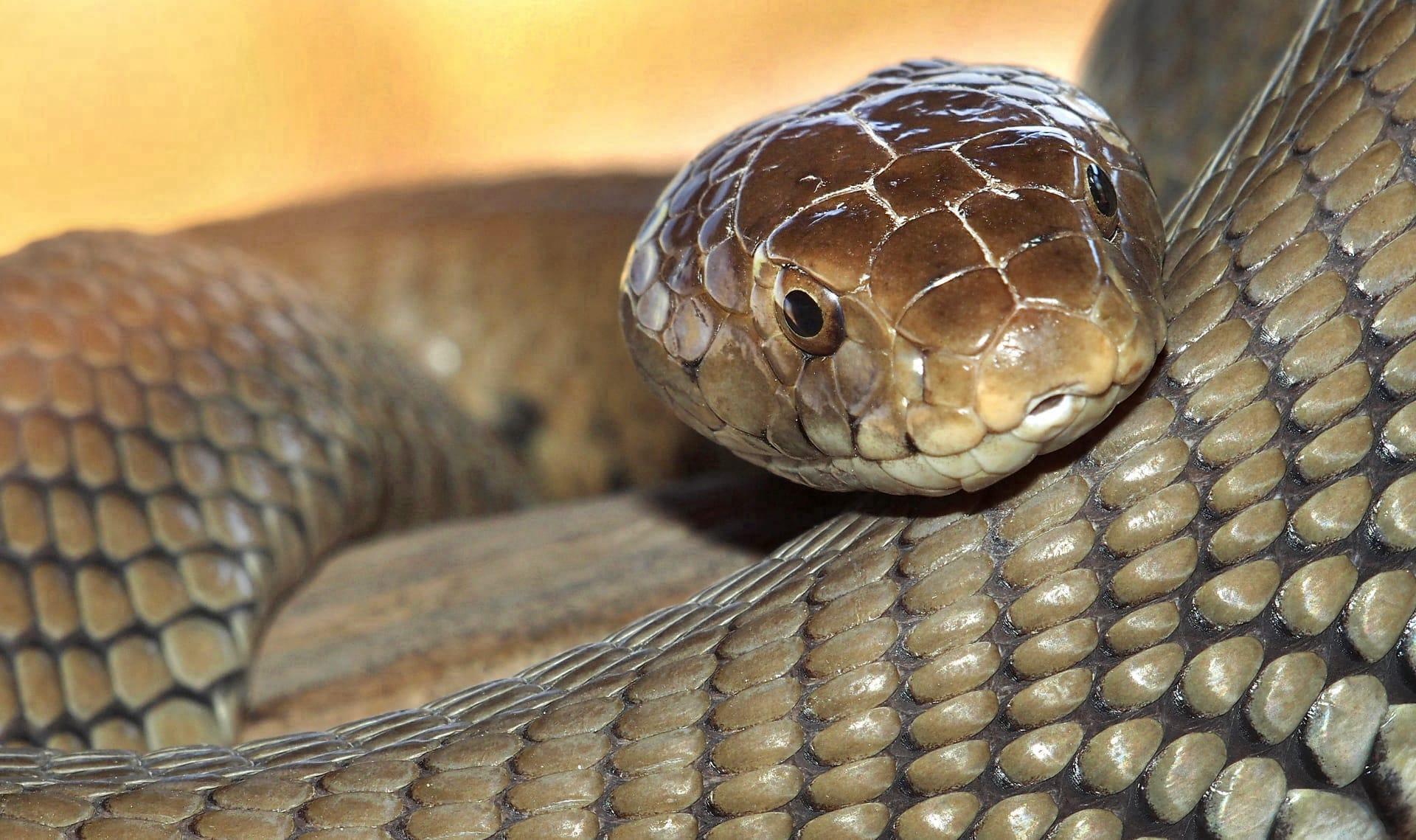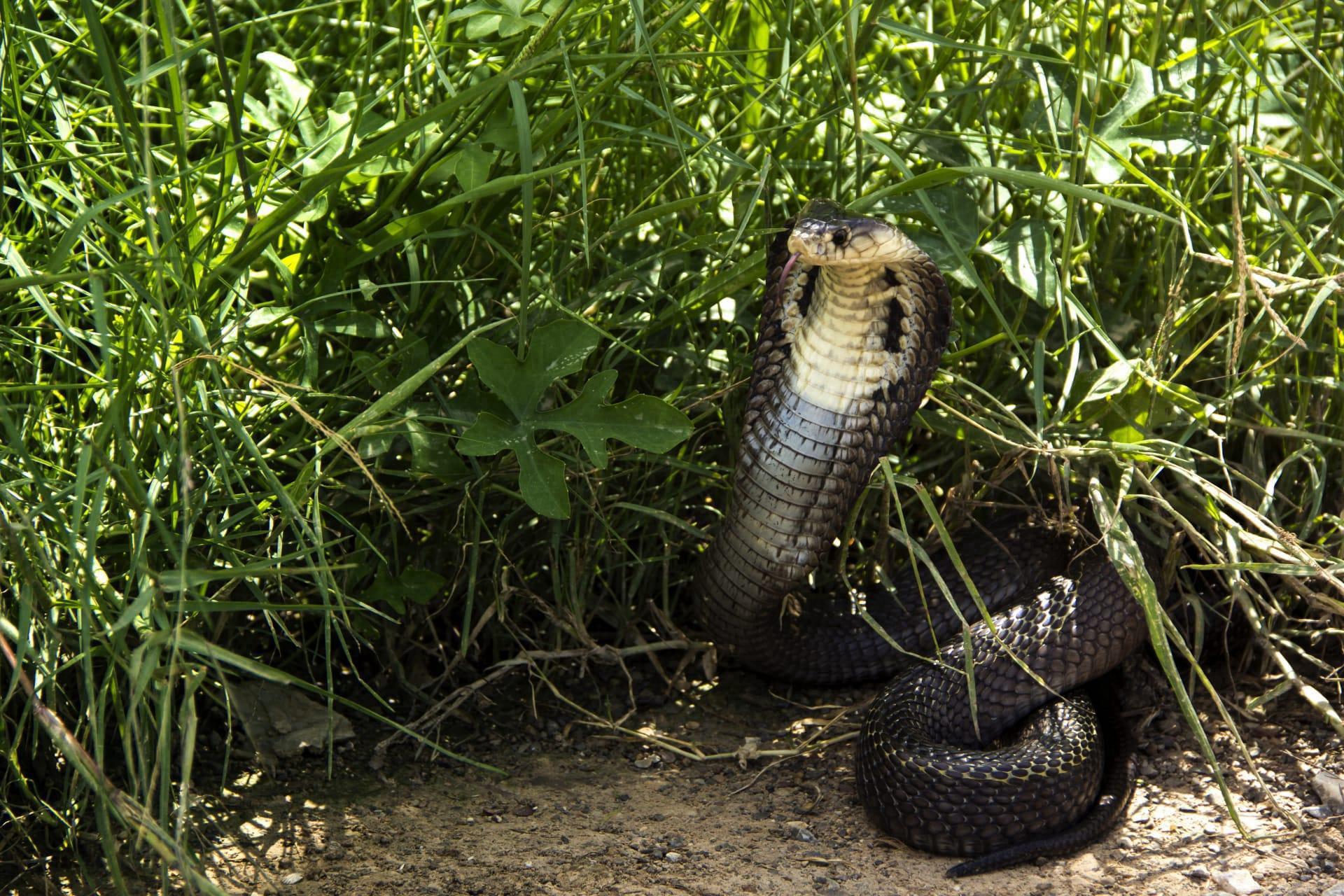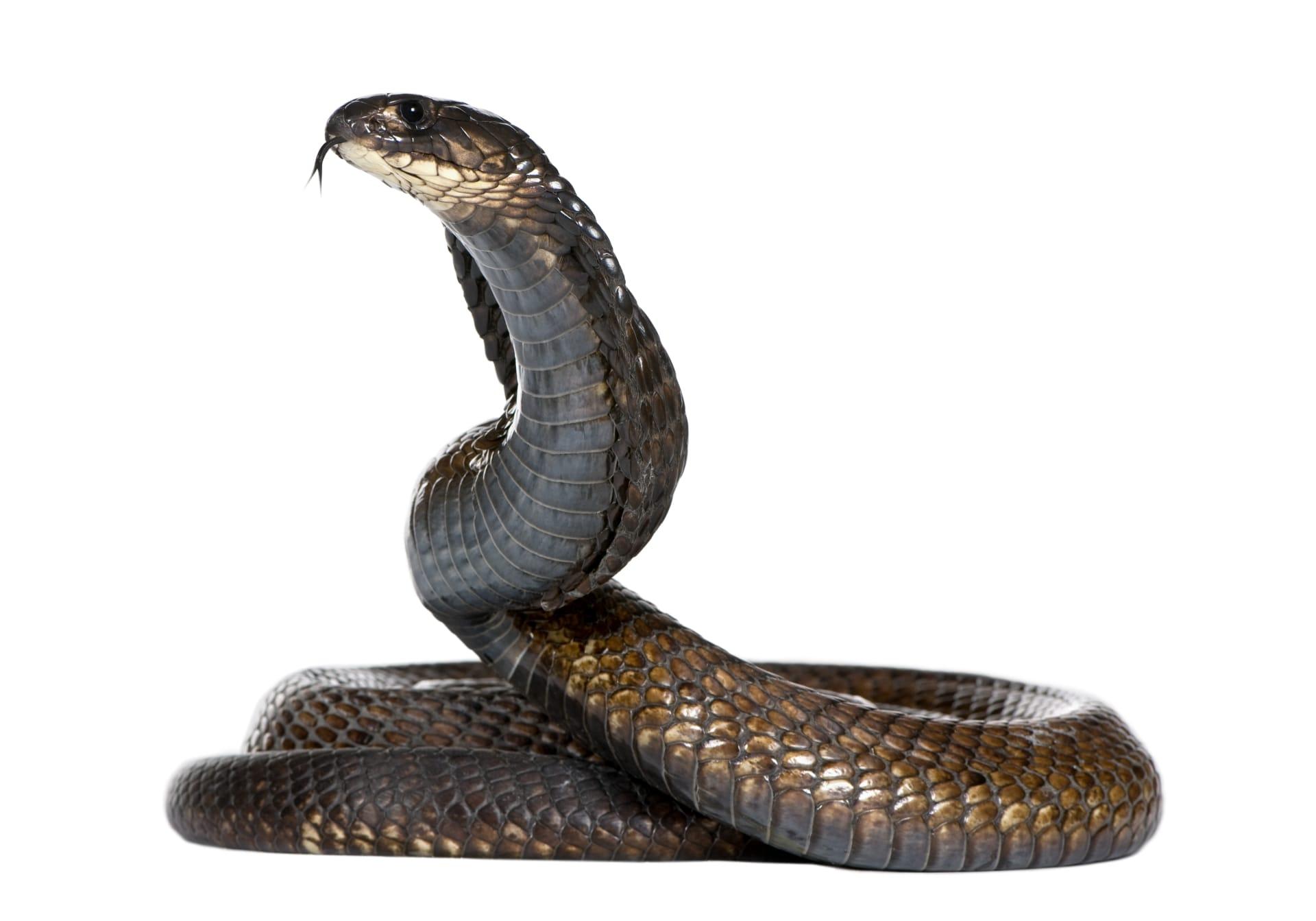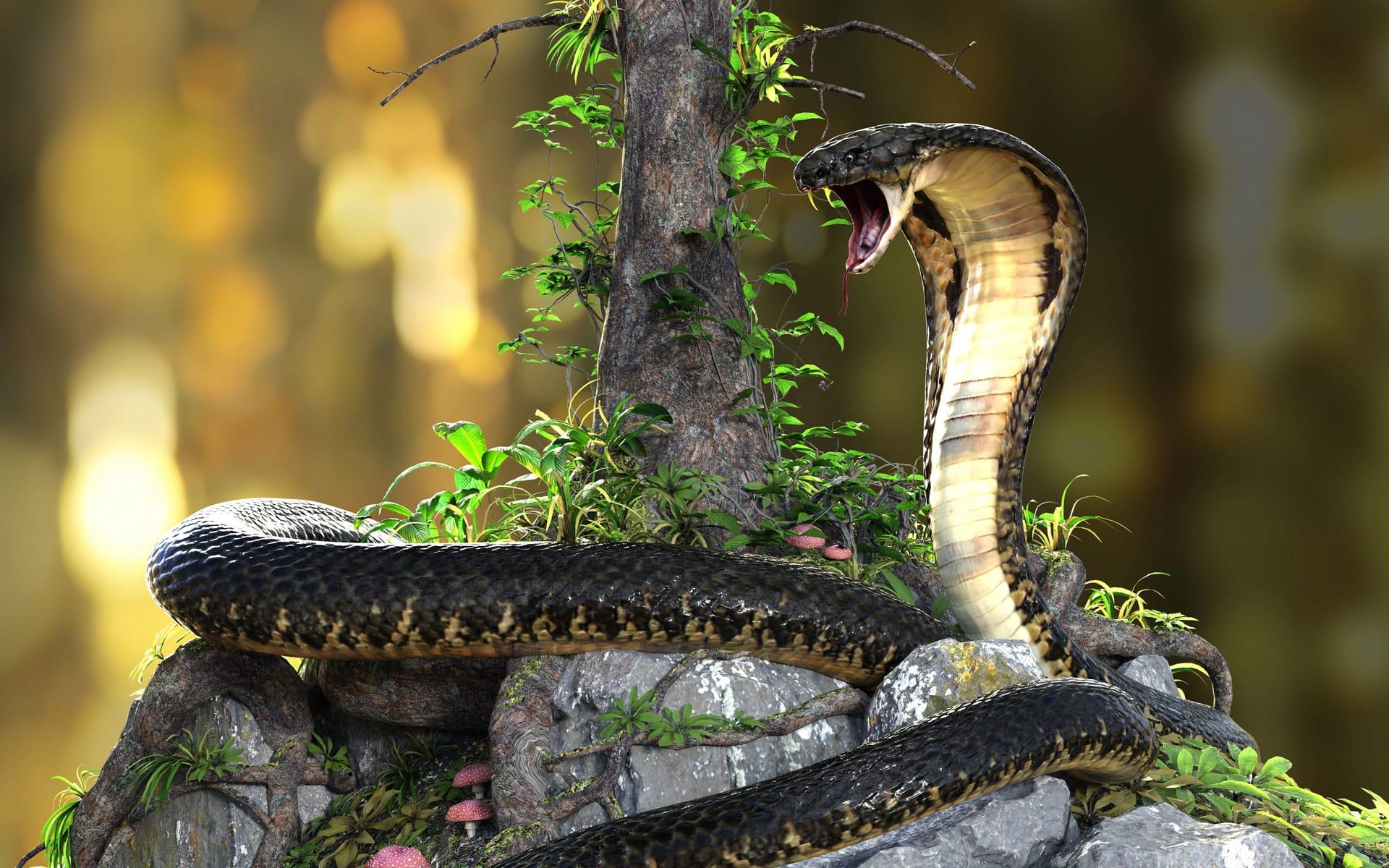Cobra Snake Characteristics
- Home /
- Mini Encyclopedia /
- Animal /
- Cobra Snake Characteristics
1
Cobras, a group of highly venomous snakes, are renowned for their fascinating physical features. These snakes typically range in length from 4 to 18 feet (1.2 to 5.5 meters), with the King Cobra being the largest venomous snake, reaching lengths of up to 18 feet. Cobras have an average lifespan of about 20 years in the wild. Their distinctive hood, which they flare when threatened, makes them instantly recognizable. This hood is created by the extension of the ribs behind their heads, which they can spread as a threat display.
One of the most exceptional organs of the cobra is its venom glands. Cobras possess highly potent venom, a complex mix of proteins and enzymes, used for both defense and subduing prey. Their venom targets the nervous system, causing paralysis and even death in prey and potential threats. The venom delivery method is through their fangs, which are modified, hollow teeth capable of injecting venom deep into their victims. The efficiency of this system makes cobras one of the most feared snakes globally.

2
Question: Can cobras really "hypnotize" their prey?
Answer: This is a myth. Cobras can't hypnotize their prey. The perception of hypnosis likely stems from the cobra's defensive behavior. When threatened, cobras often raise the upper part of their bodies and spread their hoods, swaying from side to side. This movement may mesmerize the predator or threat, giving the cobra time to escape. However, this is not hypnosis but a survival strategy to distract and deter potential threats.

3
Cobras are known for their unique mode of movement. They can move quickly across the ground in a serpentine motion and are even capable of climbing trees and swimming. Their ability to lift a third of their body off the ground and move forward in a straight line, a behavior known as "hooding," is particularly striking. This behavior not only helps them to scan their surroundings for prey or threats but also makes them appear larger and more intimidating.
In terms of hunting and feeding, cobras are carnivorous and primarily hunt small mammals, birds, and other reptiles. They use their venom to immobilize their prey quickly. After biting and injecting venom, cobras will wait for the venom to take effect, paralyzing or killing their prey, before consuming it whole. Their flexible jaws allow them to swallow prey much larger than their head.

4
Cobras inhabit a variety of environments, ranging from tropical rainforests and savannas to scrublands and agricultural areas. They are particularly adaptable and can be found in both arid and moist regions across Asia and Africa. Cobras prefer areas where they can find shelter, like under rocks or in burrows, and are often found near water sources.
Regarding reproduction, cobras are oviparous, meaning they lay eggs. The female cobra is known for her unusual behavior of building a nest for her eggs, which is rare among snakes. She will fiercely guard the nest until the eggs hatch, which usually takes about 60 to 90 days. The number of eggs varies, but on average, a cobra lays 20 to 40 eggs per clutch. Young cobras are independent from birth and are equipped with venom as potent as that of adults.

5
Book: "The Secret Life of Cobras" by David E. Hardy, published in the USA, 1998. This book offers an in-depth look at the biology, behavior, and conservation of cobras. Hardy, a renowned herpetologist, combines scientific research with field observations to provide a comprehensive view of these fascinating snakes. The book covers various cobra species, their interaction with humans, and efforts to conserve their habitats.
Book: "Cobra: A Natural History and Conservation" by Susan M. Cheyne, published in the UK, 2010. Cheyne, a wildlife biologist, explores the world of cobras through the lens of conservation. The book delves into the habitat, diet, and reproductive habits of cobras, along with the challenges they face due to habitat loss and human conflict. It also discusses the cultural significance of cobras in various societies and the need for their conservation.